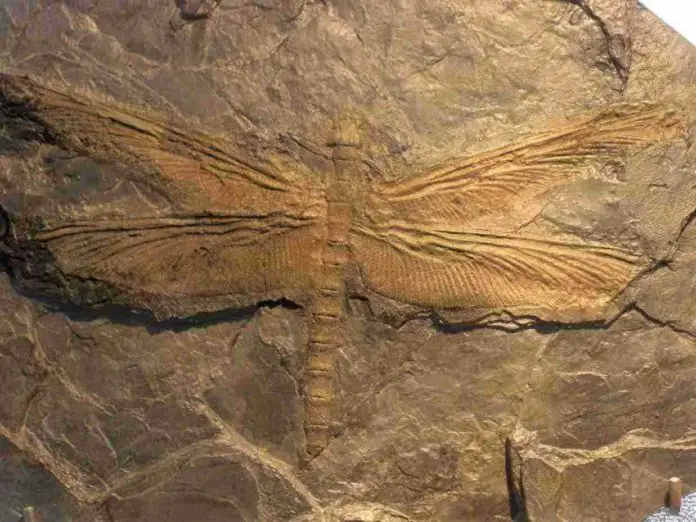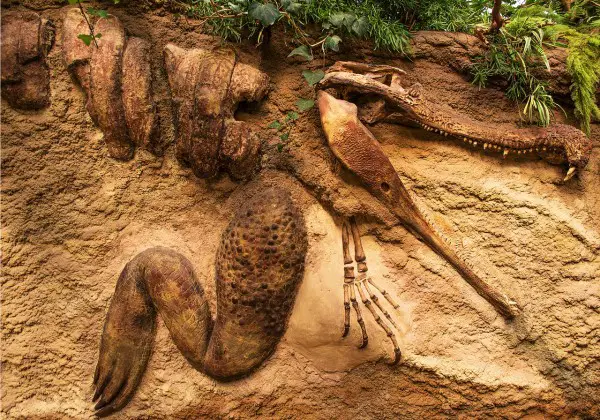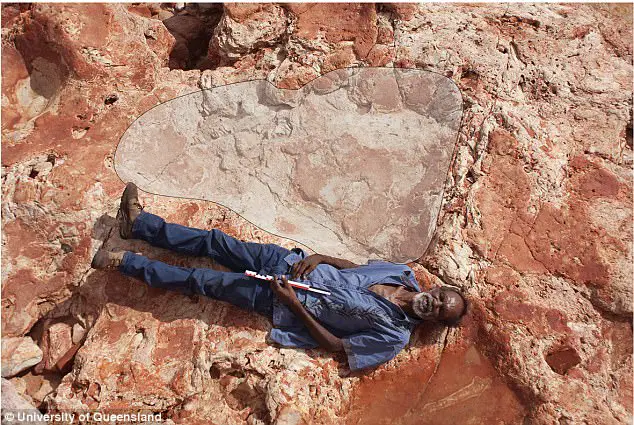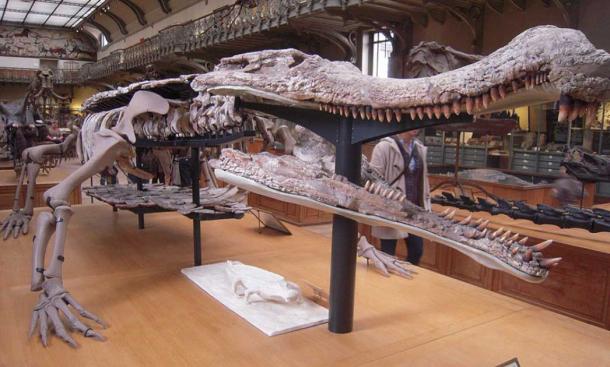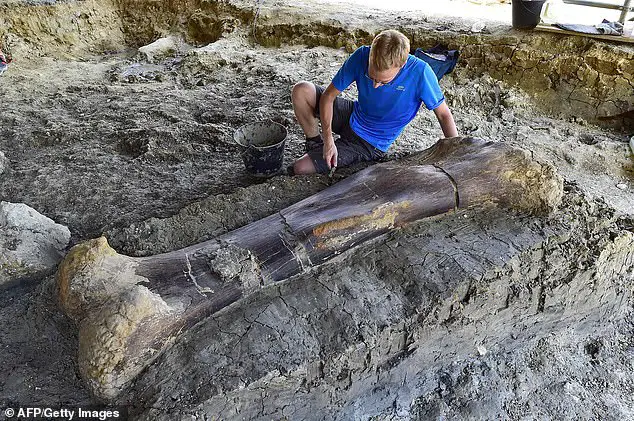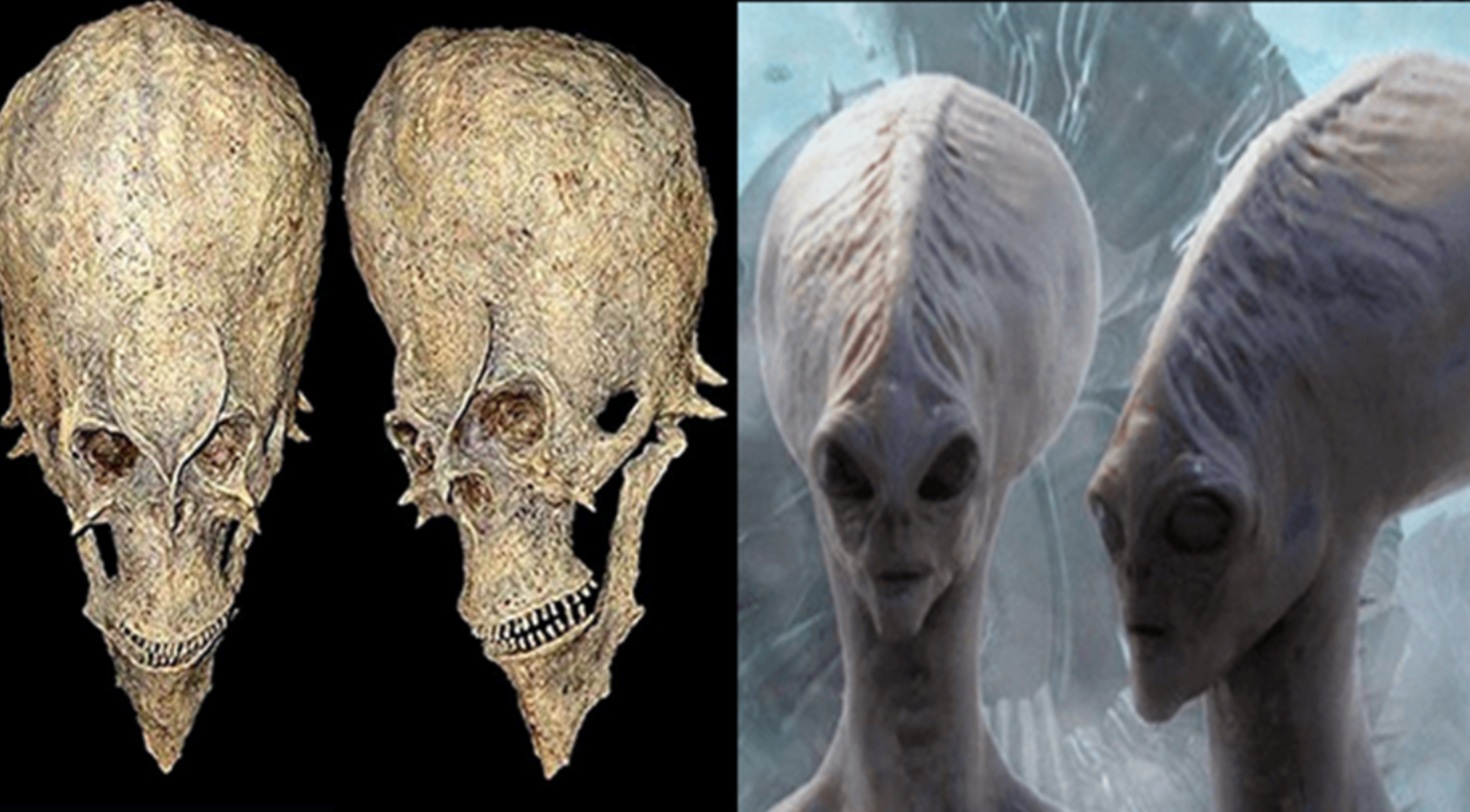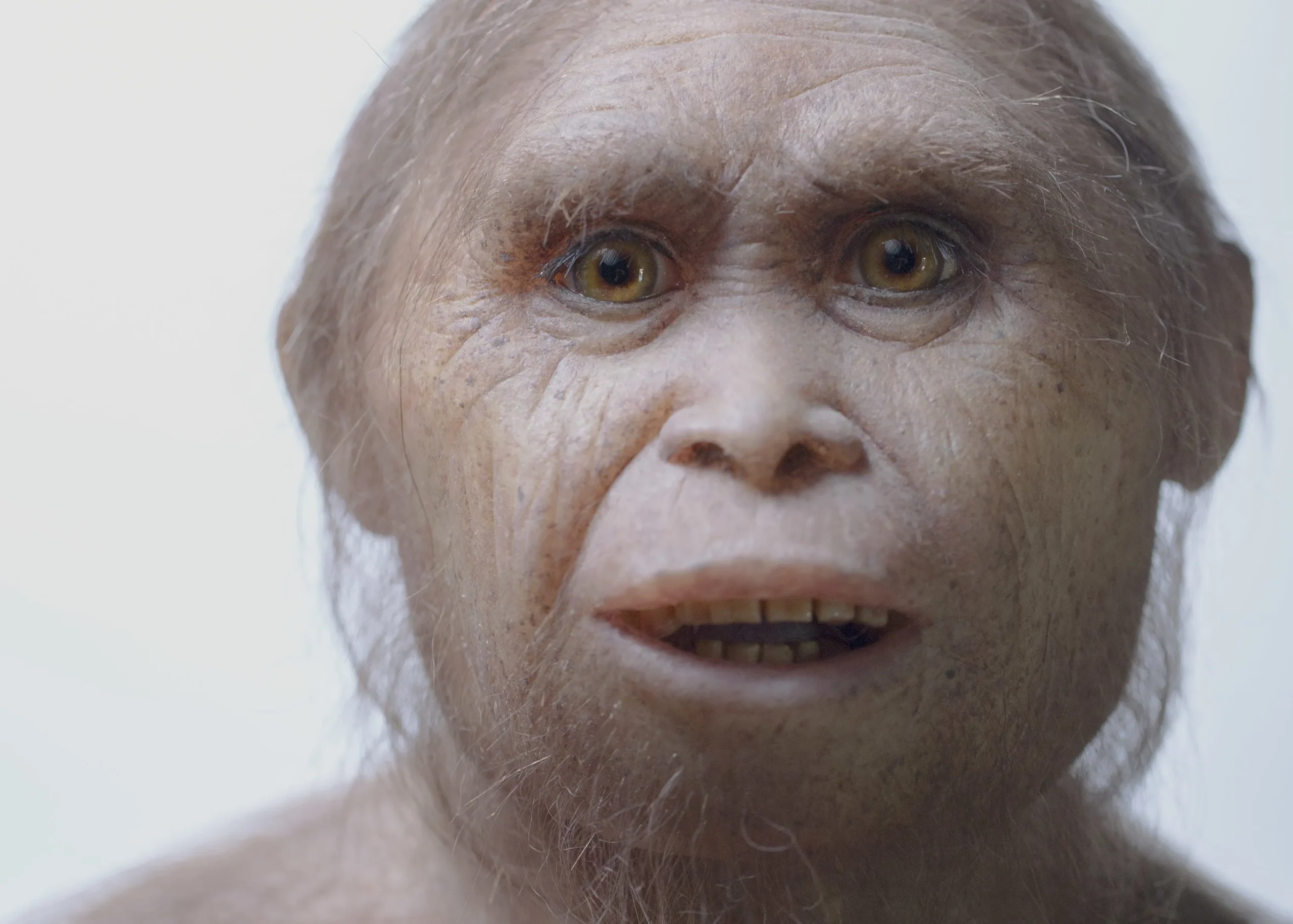In the shadowed corridors of Earth’s distant past, around 300 million years ago, a genus of colossal insects named Meganeura reigned supreme in the Carboniferous skies. These ancient behemoths bear a striking resemblance to our modern dragonflies, yet their grandeur was unparalleled.
The Meganeura, particularly the species M. Monyi, boasted a wingspan stretching from an awe-inspiring 65 cm to over 70 cm. These creatures were apex predators of their era, primarily feasting on a diet of other insects.
The tale of Meganeura began to unfold in 1885 when the French paleontologist Charles Brongniart brought to light the existence of these magnificent creatures. He named them “Meganeura,” meaning “large-nerved,” a nod to the intricate network of veins decorating their wings. A significant discovery in 1979 in Bolsover, Derbyshire, added another piece to the Meganeura puzzle, unveiling a beautifully preserved fossil specimen.
The crown jewel of Meganeura’s history, the holotype, resides in the esteemed National Museum of Natural History in Paris. This relic stands as a testament to a forgotten age of giants.
A dive into the mysteries of Meganeura’s existence brings us to a fascinating aspect of their biology – the respiratory system. The insect’s tracheal respiration system, an intricate network facilitating oxygen diffusion, suggests a curious relationship with the atmospheric conditions of the time. It appears that these ancient insects flourished in an environment rich in oxygen, far surpassing the 20% concentration we know today.
The hypothesis, initially put forth by Harlé in 1911, indicates that the high oxygen levels of the time were a crucial factor in enabling the grand scale of Meganeura. Although initially met with skepticism, further analysis has lent credence to this theory, suggesting a direct correlation between the availability of oxygen and the propensity for gigantism in insects.
However, the Meganeura’s survival was intricately tied to these oxygen levels. A decline in atmospheric oxygen would have spelled doom for these giants. Modern studies on insect and bird flight energetics reinforce this theory, suggesting that oxygen levels and air density act as natural constraints on size.
The presence of large Meganeuridae with wingspans comparable to Meganeura during the Permian period, when oxygen levels had dropped, poses an intriguing question. How did these creatures thrive in lower oxygen environments? The answer might lie in their body composition. Unlike many of today’s Coleoptera, the Meganeurids, despite their enormous wingspans, did not have particularly heavy bodies. They were giants only in comparison to their contemporary counterparts.
Another facet of this prehistoric puzzle is the absence of aerial vertebrate predators. Bechly (2004) proposed that this lack of predators in the Carboniferous and Permian periods allowed for the evolutionary growth spurt seen in Meganeurids and their contemporaries. This phenomenon could have been spurred by an evolutionary “arms race” among these ancient insects.

